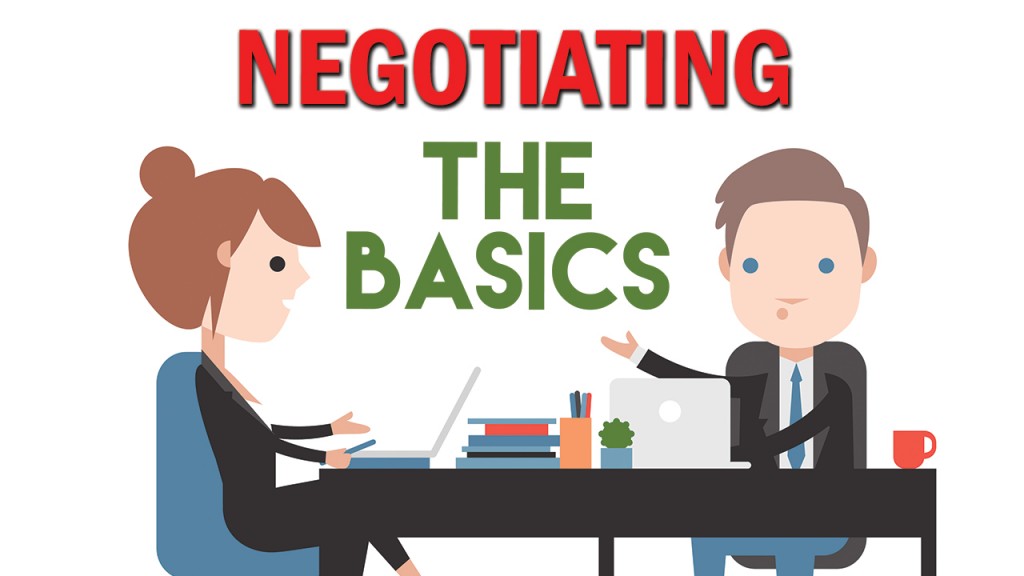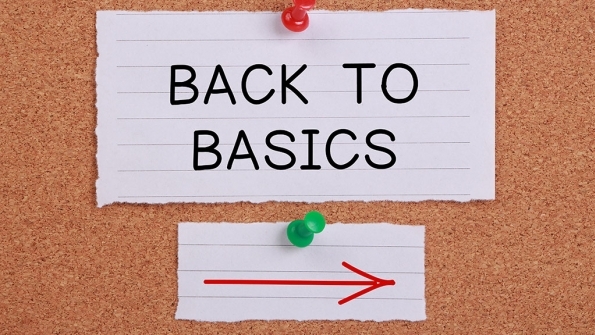 It is almost mystical how people can’t figure out why one business succeeds while another fails. Haven’t you ever wondered what the difference is between a business that flourishes while another business, not very different from the first one, ends up folding? The biggest difference between a successful business and a business that can’t hack it is that the first has the basics of selling down while the other doesn’t.
It is almost mystical how people can’t figure out why one business succeeds while another fails. Haven’t you ever wondered what the difference is between a business that flourishes while another business, not very different from the first one, ends up folding? The biggest difference between a successful business and a business that can’t hack it is that the first has the basics of selling down while the other doesn’t.
Selling is a major part running any business and if a business can’t get the basics of selling right, then there’s no way that it can be successful. If you have given this question any thought, then you’re halfway through becoming an entrepreneur because only businessmen and real thinkers ponder on such questions. Now, all you need to do is sort out the basics of selling to truly ensure your start-up’s future.
Why Are Basics Of Selling Important?
 As mentioned already, selling is at the heart of any kind of business. There have been numerous businesses in the history of the world that started out with great strengths but failed to make the cut because they couldn’t sell their strengths to potential clients.
As mentioned already, selling is at the heart of any kind of business. There have been numerous businesses in the history of the world that started out with great strengths but failed to make the cut because they couldn’t sell their strengths to potential clients.
For instance, there have been businesses that have failed in the past despite being based around revolutionary and one – of – a – kind products. Similarly, there have been businesses that have failed despite being led by highly talented and inspirational entrepreneurs.
While getting the basics of selling down will not singlehandedly ensure success for you as a businessman, it will place you firmly on the path that will ultimately lead you to success. So, without further ado, let us walk you through the basics of selling.
What Are The Three Basic Types Of Selling?
 There are numerous forms of selling that your business can use. However, most forms of selling can be categorised into one of three types of selling. Because of this, understanding what these types of selling are can be a good foundation for understanding the basics of selling. Consider.
There are numerous forms of selling that your business can use. However, most forms of selling can be categorised into one of three types of selling. Because of this, understanding what these types of selling are can be a good foundation for understanding the basics of selling. Consider.
- Direct Selling: Direct Selling occurs when a business deals directly with its individual customers. This kind of selling usually involves personal contact between the representatives of the business and potential customers. This means that the business in question needs to pay special focus on how its customer base perceive it which means advertising, marketing, and public relations campaigns. Retail selling and door to door selling are prime examples of Direct Selling.
- Channel Selling: Channel Selling is a form of indirect selling. It means directing products and services through a channel which may comprise dealers, distributors, wholesalers, and resellers. Channel Selling is slightly more complex than Direct Selling because it requires the development and maintenance of a reliable and efficient supply chain along with in-depth assessment of cost metrics and parameters. Channel Selling is usually implemented at a higher scale than Direct Selling.
- Remote Selling: Remote Selling, as the name suggests, is when products and services are sold without there being any direct contact between the business and the customers. Good examples of Remote Selling are Tele Selling and Online Selling where neither the business nor the buyer needs to be physically present in the same location.
- B2B Selling: B2B Selling can be expanded into Business 2 Business Selling where one business’s products and services are directly created for another business. B2B Selling typically involves large consignments and quantities of the product with agreements and contracts designed to last extended periods of time.
It needs to be pointed out that a form of selling can fall into any of the basic types of selling described above. In fact, it’s even possible for a particular selling technique to be suitable for multiple categories described above.
What Should Be Your Attitude Towards Selling?
 Just because you know how to categorise selling techniques doesn’t mean that you know all the basics of selling. What you’ve gained right now is academic knowledge. You still need to get some practical knowledge.
Just because you know how to categorise selling techniques doesn’t mean that you know all the basics of selling. What you’ve gained right now is academic knowledge. You still need to get some practical knowledge.
Even though it’s undeniable that you can’t sell a bad product, it’s also impossible to disregard that anyone can sell a good product. Even if you have a good product or service to offer, you need the right attitude towards selling to be truly successful at it.
Having the right attitude, thus, becomes one of absolute basics of selling you need to master. From the perspective of selling, you need to keep three things in mind. Consider.
- Thought Process: There is a very subtle trap lying hidden in the basics of selling. The basics are so simple and easy that it can become very easy for businesses to become obsessed with them. This possible obsession is the trap because businesses start focusing too much on the literal meaning of selling. A business’s thought process needs to change from closing the deal and getting the numbers in to finding out about the customers and making their lives easier. The change in thought process typically shows up in the form of this: a business that focuses on listing as many features of its products as possible starting to focus on few, carefully selected features of its products because they help the customers.
- Value Addition: The turning point in any sales pitch whether it is advertisement based or face to face is when the business manages to convince the customer that its products or services will add value to his life. Value addition is the biggest selling secret that many businesses fail to pay heed to. As long as your business can convince leads that it can add value to their existing systems and lifestyles, your business will never be short of customers.
- Empathising: Changing thought process and adding value through your products is well and good, but how do you find out which features to highlight and what kind of value to add to a particular customer? After all, aren’t all customers unique in their own way? They are. This is why one of the basics of selling is empathy. Empathising with potential customers will reveal to you their problems which you can then go about solving with your products and services. When your sales personnel start empathising with potential customers, they learn how to pitch your product or services and which qualities to truly focus on during the pitch.
Now That You Know the Basics of Selling, What’s next?
Those were the absolute basics of selling. Creating selling strategies and using advanced selling techniques to take these basics of selling to the next level is something entirely different. Once you’ve cogitated and digested these basics of selling, then you’re ready to actually figure out a step by step system that your business needs to adhere to while approaching clients.
You’ll also need to figure out which selling techniques, whether basic or advanced, are most suitable for your business. As we mentioned above, there may be only four types of selling, but there are numerous selling techniques within each of those categories.
All the selling techniques out there will not be suitable for your specific business and industry. This is why you’ll need to pinpoint the most relevant techniques and create a selling strategy around them. In the next post, we’ll explain how you can create an efficient and productive selling strategy.
Leave a Reply